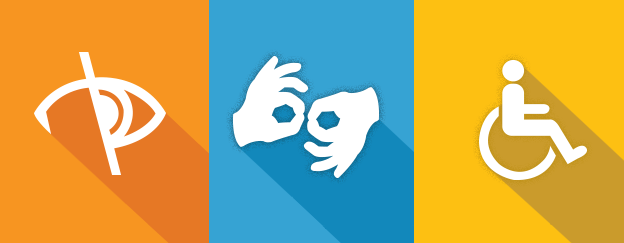
Coco Design is committed to providing your organization a digital web presence that is accessible to the widest possible audience, regardless of technology or ability. We can architect, design, develop, maintain, test, and even educate your organization to assist with WCAG 2.x accessibility guideline conformance. The Coco team targets ADA web accessibility requirements and internationally accepted World Wide Web Consortium (W3C) standards and guidelines.
Coco can help you make your organization's website better...
with insights on how to improve your website so that it is accessible and user-friendly.
Digital Document Accessibility Consulting & Training
Even though your website may be accessible, your online digital docs may not be accessible to people who are visually impaired. Imagine the brochures, support documents, manuals, forms, white papers and/or legal documents you may provide on your website as PDFs. Accessible documents enable people to read and navigate documents using a screen reader or other assistive technologies. Coco can help train your staff on how to create and maintain accessible online documents.